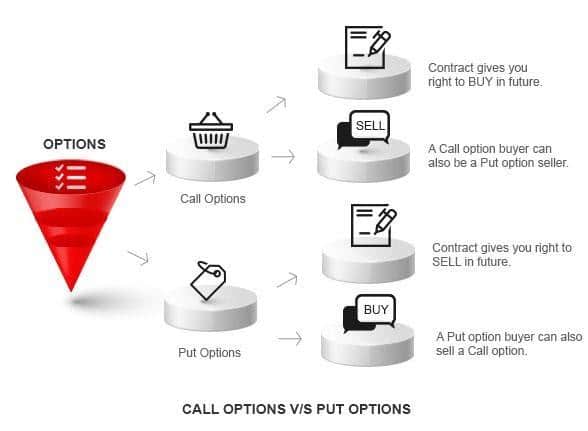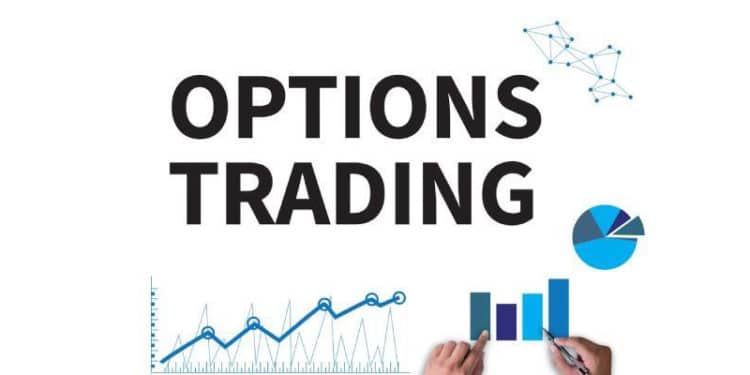In the world of retail currency, foreign exchange options are not that well-known. Although there are some brokers who use options trading in place of spot trading, most of them shy away from it. This is a big mistake as FX options offer a great way to diversify the spot position of the investor.
What is a Forex or currency option?
Importers and exporters often want to protect themselves against currency value fluctuations. For this purpose, they depend on Forex options, which allow them to trade in currencies at a specified rate on a fixed date in the future. In order to procure this right, the buyer pays the seller a certain amount of money as a premium.
When you trade in Forex options, you can use several strategies that will help you succeed in the currency options trading market. The trader employs a particular strategy depending mostly on the platform, the type of option, and the broker offering the option. The characteristics of the options are quite different in markets that are decentralized in comparison to centralized ones.
Basic terminology for Forex options trading
Here are several terms that every trader should know when entering the Forex market:
- Strike price is the fixed price for which the currency can be bought or sold by the person holding the Forex option.
- Premium is the fixed amount you need to pay in advance in order to purchase a Forex option.
- Forward rate is the currency pair’s interest rate for the settlement delivery date of the option.
- Implied volatility indicates the probability of fluctuation for the currency pair and the specified tenure of the option.
- Expiry date is the last date for you to exercise the right related to an option.
- Delivery date is the date for exchanging the currency, provided you decide to exercise the option.
- Exercise. This situation is when the buyer of the option lets the seller know about their intention of delivering on the financial instrument mentioned in the contract.
Types of Forex options
We can classify FX options based on the nature of the underlying transaction. Mainly, there are two types of Forex options, and they are as follows:
- Call options. With a call option, you can rightfully purchase the underlying asset at the price that is specified in the contract for the option. However, you are not obligated to do so. As a rule, when investors predict a price rise for a particular asset, they purchase calls. Otherwise, they sell it.
- Put options. A put option lets you rightfully sell the asset for the strike price that is stated in the contract. If the person buying the put chooses to exercise the option, the seller must purchase the underlying asset. Investors, when they believe the price of an asset is going to decrease, will start buying puts. If they think it will increase, they will sell it.

Benefits of Forex options
The various benefits of Forex options are as follows.
Hedging
Forex options are great hedging instruments. By hedging, we mean the reduction of risks that are an inherent part of a financial asset. Let us take the help of an example in order to understand the scenario.
Let’s say you have in your possession $100,000. Imagine you have to pay for some expenditure in six months and in Euros. If you convert dollars to euros, you may suffer from high-interest rates, so it is understandable that you wish to avoid this.
You can buy an option that will let you exchange the $100,000 for 85,000 euros in six months. However, if the exchange rates are in your favor, then you can simply convert the dollars to euros at any local bank.
Leverage
Another great advantage of currency options is that they let you conduct large trades without spending an overwhelmingly large sum of money. For example, suppose you have 10,000 GBP that you wish to exchange for $15,000 in 30 days. In that case, you will be paying an amount that is lesser than $15,000 or 10,000 GBP.
Some traders are able to anticipate when a certain currency will appreciate against the other, and they often use this kind of bet. In a month’s time, you might be able to buy the 10,000 GBP for only $14,000. You can thus use the options for pounds exchange and earn a profit of $1,000.
Liquidity
While trading in options, you can either visit a public options market or engage in an Over the Counter (OTC) trading that happens between private parties. OTC options are not so liquid compared to exchange-traded options, so novice investors often prefer the latter. When the liquidity is high, you can easily locate the exact security that you wish to trade-in.
Foresight
With options trading, you can spot potential losses beforehand. Thus you get a second chance and can alter your stance before the commencement of the trading. Like in other trades, you cannot make profits every single time. But, at least you will have some idea regarding what the future holds.
Better predictive potential
Any seasoned trader will tell you that the market for foreign exchange is highly unpredictable. In the blink of an eye, you can make profits or suffer losses. That being said, the predictive potential of Forex options is better since there is a stable time framework, allowing for constant movements.
This is why several companies use Forex options to reduce their risks. This is because the trader has a rough idea about how much profit they can make when it comes to options trading.
24-hour operation
One of the biggest benefits of Forex options trading is that it operates all the time. If you wish to try your hand at this kind of trade, this is great news for you. The determination of the values, however, occurs at a specific period of time.
Conclusion
If you are a rookie trader, trading in Forex options is the ideal venture for you. The options trading market is quite lucrative, and you can reap several benefits mentioned above. Of course, there are some pitfalls, but once you know how to play the game, you can stand to gain huge rewards.







